Ask a parent what they want most for their children, and you’ll get a range of answers relating to well-being, such as: happiness, confidence, balance, kindness, health, satisfaction, contentment, and love. But when you look at what schools actually teach, you’ll discover a range of skills related to how to succeed in the workplace, such as: achievement, critical thinking, success, literacy, math, work, and discipline. Both lists are important, but the lack of overlap between them is startling. Many schools, in their current iteration, simply aren’t built to provide what parents seek most for their kids.
In recent years, Social Emotional Learning (SEL) has gained momentum; schools have invested time and effort to bolster their SEL programs, and several are doing an impressive job considering the circumstances; yet, even in the best of cases, it remains a far cry from fulfilling the parents’ vision of what they want for their kids.
This is evident in the skyrocketing rates of teen suicidal ideation and behavior, depression and anxiety, substance abuse, self-harm, and other maladaptive coping mechanisms and risky behaviors that are enmeshed in today’s teen culture. Our teens simply don’t have the skills to face the challenges life throws at them.
How have we, as a society, responded to this crisis? Much of our response has focused on training people who engage with kids, AKA “gatekeepers,” to be able to identify when kids are in crisis and help them connect with a behavioral health professional.
This “gatekeeper” model implies that school isn’t the place for addressing behavioral health; it is merely the gatekeeper to the clinical system.
What happens when kids are referred to this system? To use the worst-case scenario as an example, after a suicide attempt, best practice dictates they receive DBT therapy, which means (among other things) they are taught a set of skills to help them manage their emotions.
Why, for heaven’s sake, are we waiting until kids try to kill themselves before teaching them how to manage their emotions? Our children sit for at least 5 hours each day in a classroom where they learn skills that are supposed to prepare them for life. What about the skills they need most right now? Why aren’t we teaching them in the classroom?
When we speak with educators about implementing SEL curricula, the common refrain we hear is that teachers have so much to cover in very little time; there simply isn’t room for more. And when schools do implement SEL curricula, it is often to be able to check the box on SEL requirements rather than effectively ensuring our kids have the basic skills they need to endure the major challenges they face.
Separately, Jewish schools have the additional challenge of inspiring kids to appreciate and cherish their Judaism and discover its relevance to their lives.
The two challenges are connected because the solution to “getting real” about emotional health is by “getting real” about Judaism.
Science supports this notion. According to a substantial number of empirical studies referenced in the work of Dr. Lisa Miller from Columbia University, the presence of ongoing spiritual practices in a child’s life is 80% protective against substance abuse, 60% protective against Major Depressive Disorder, 70% protective against risk-taking, and places the child at a 50-80% decreased risk for suicidal ideation and behavior. These numbers are clinically significant.
Additionally, at The Wellness Institute, we’ve discovered that we can teach the most important emotion regulation and resilience skills from our Jewish texts. These are the same skills recommended by peer-reviewed meta-analyses of the most effective depression and anxiety prevention and reduction programs for kids. We can (excuse the metaphor) “kill two birds with one stone.”
This could and should change the way we teach Jewish subjects. Mitzvot “between person and person” should engender real empathy, effective communication, and social connection. “Reminder mitzvot” such as mezuzah, tzitzit, and tefillin should bring our cognitive awareness to the Divine presence in our lives. Shabbat should instill a healthy work-life balance. Prayer should be filled with kavanah [intention] to provide grounding, inner alignment, and other mindfulness benefits. Gratitude rituals should build optimism by reframing how we think about and appreciate the gifts in our lives. Students should be cognizant of the centrality of the soul as their primary identity, aware of their higher calling, of their infinite inherent worth, and feel imbued with a sense of mission and passion for improving the world.
Similar to the Zero Suicide movement in health systems, the education system is a regulated system that is conducive to implementing a framework that will effectively teach the values we cherish most while developing the skills that keep our kids healthy and safe while adequately preparing them for life. The need exists; the curricula exist; let’s make this happen.
Rabbi Zalman Abraham is the director of The Wellness Institute, a division of the Rohr Jewish Learning Institute (JLI) dedicated to youth mental health, and a member of JLI's leadership team. Rabbi Abraham is co-author of People of the Word and author of several JLI courses.

